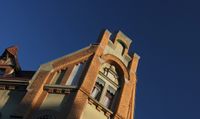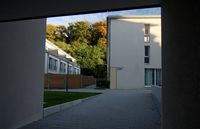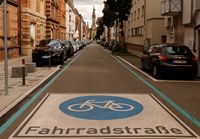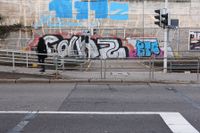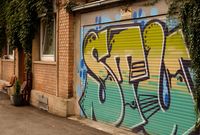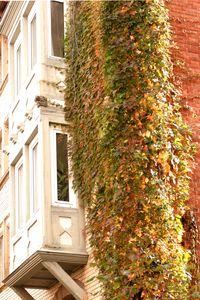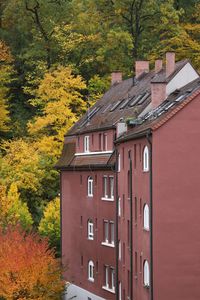The architecture in Heslach
A mirror of social and economic urban history
The neighbourhood of Heslach reveals a piece of the industrial age with its small industrial and craft businesses ("Fabrikle") and workers' housing estates. By 1900, the population and building activity were growing - Heslach grew up the slopes of the vineyards and increasingly lost its original village character. During the 1920s, buildings in the style of late classicism and historicism were also built in the south of Stuttgart. In the early thirties, Stuttgart transformed into a major city.
After the great destruction of the Second World War, Stuttgart's history of reconstruction is very ambivalent. Over the next three decades, urban planning was characterised by the demand to transform the city into a traffic-friendly city. You can still feel the serious consequences of this transformation in Heslach today. For example, the B14 along the Nesenbach valley cut through the established neighbourhood. The exhaust fumes and noise were unbearable. Traditional social structures "toppled over". Present-day urban planning is characterised by a willingness to rethink. Time and again, the will to correct the sins of the past as far as possible is declared - but there is a long way to go!
